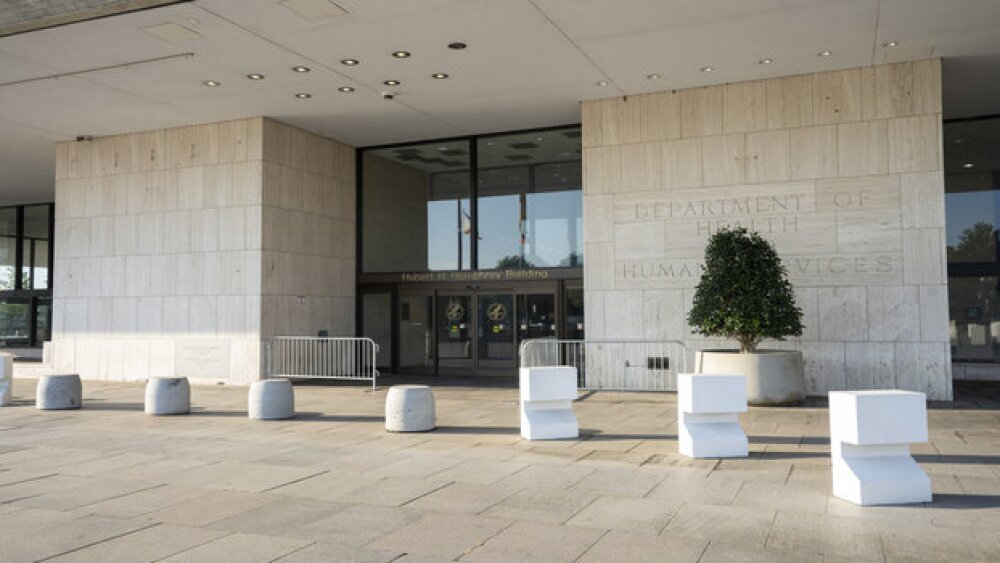The use of body language during interview can ensure a good impression. Kinesics includes the use of posture, facial expression, movement, and gestures to communicate nonverbally.
Candidate displaying the proper use of body language during interview.
When preparing for a job interview, many people overlook the importance of understanding body language during interview. By thinking about sending and interpreting information via body language, you give yourself an advantage. Interviewers pay attention to how you look and what you say, but they also interpret your body language, whether they are aware of it or not. If you know what to look for, you can pick up on body language signals from the interviewer as well, and by assessing how the interview is going, you can respond appropriately.
Here’s How to Use Body Language During Interview
Kinesics: The Science of Body Language
We’ve all met people who stand or sit with shoulders rounded and head hung forward. We assume from such a posture that the people have no confidence in themselves. If you talk to someone who won’t meet your eyes, it’s hard to trust them. It’s hard to like someone who never smiles. There’s a science behind this aspect of human communication called kinesics.
Kinesics includes the use of posture, facial expression, movement and gestures to communicate nonverbally. When interviewing, a job hunter can send positive body language signals and interpret and respond to the interviewer’s body language by understanding some basics of how to use body language during interview.
Open and Confident Body Posture
It’s natural to be nervous when entering an interview room, but walking in with an erect but relaxed posture is important—practice in front of a mirror or camera at home. Keep your head up and your shoulders back but relaxed. When you sit, choose a position ideal for making eye contact. It’s fine to sit against the back of a chair if it doesn’t cause you to slouch.
During the interview, lean slightly forward when the interviewer speaks to show you are listening. Alternating between sitting up and leaning in tells the interviewer you are engaged. You might, for example, lean forward to listen to a question and then sit up and back for a few seconds to show you are thinking before leaning forward again to give your answer. While you don’t want to rock back and forth with each interchange, changing your position occasionally shows you are paying attention and keeps you from appearing stiff and nervous.
Arms and Hands
Many people struggle with what to do with their hands and arms because of a lack of information on using body language during interview. Before interviewing, practice holding your arms and hands in a relaxed position. Don’t fold your arms in front of you because you look defensive and closed. If your chair has arms, use them, and if you’re seated at a table, rest your forearms on it. You can hold your hands in several different ways to show openness and have them ready when you decide to employ a gesture.
- Folded Over Each Other: If you have a tabletop or desk, placing one hand on top of the other loosely can be comfortable for some, and you appear confident but relaxed.
- Interlaced Fingers: If you’re a fidgeter, interlacing your fingers may help keep them still. Rather than intertwining them with your palms down, you might try resting them pinky down with fingers slightly interlaced. A tight fold can make you appear tense.
- Steepled: By holding your hands in front of you with your fingertips touching, you look thoughtful but relaxed. Don’t put them together like you are praying. Just rest a few fingertips together with fingers up or forward. Keeping your hands in such a position throughout an interview may seem unnatural, so alternating between steepled and flat or steepled and gently interwoven allows you to move your hands to show you are engaged.
- Virtual Interview: If you tend to fidget, try sitting on your hands. This is one perk of Zoom and other virtual platforms – nobody can see you sitting on your hands, but they will see you fidgeting.
The keys are to be comfortable, convey confidence, and above all, avoid fidgeting. Experiment, decide in advance on a hand position and practice, so it feels natural.
Gestures
Gestures play an important role while displaying the correct body language during interview to show the interviewer that you are confident.
- Handshake: One important gesture is the handshake. Make sure to offer your hand, grasp your interviewer’s hand firmly, make eye contact and smile.
- Head Nods and Tilts: Nodding or tilting your head thoughtfully can effectively show you agree or are considering what they are saying. Don’t, on the other hand, constantly nod like a bobblehead. Instead, use nods to demonstrate enthusiasm or understanding of the interviewer’s point.
- Hand Gestures: Use subtle hand and arm gestures sparingly to make a point. Make sure your hand and arm movements are natural and reserved. Professionals preparing a speech practice gestures in front of a mirror or camera to look natural and appropriate. Prepare for an interview the same way because if gestures are jerky, flamboyant or too frequent, they become distracting and convey either nervousness or aggression.
Facial Expression
Study yourself in the mirror and practice keeping your expression pleasant and natural. Make sure to smile at appropriate times. If you have trouble smiling naturally, think of something that makes you happy and see how your face looks. If necessary, remember that thought when you are interviewing. Use your eyes and eyebrows to express surprise or enthusiasm.
Interpreting Your Interviewer’s Nonverbal Messages
Understanding how to send the right messages is only half of the two-way nonverbal conversation. Use your understanding of body posture, hand position and gestures, and facial expressions to decode your interviewer’s attitude toward you. Looking for cues as to how your interview is going can help ensure the successful use of body language during interview. Some signs tell you that things are going well and encourage you to stay the course. Others let you know an interviewer isn’t impressed and is mentally moving on. You then have the opportunity to change the interview’s dynamic and direction. Trust your instincts and choose a couple to watch for since it might be difficult to concentrate on so many concepts at once. Here are two that might be useful.
Mirroring: When your interviewer mirrors your movements, whether you nod, use gestures or lean forward when you speak, usually, you can assume things are going well.
Eye Contact: If your interviewer stops making eye contact during an interview, that can be a warning sign. You may want to ask a question or volunteer some additional information about a subject you have been discussing to reengage. For example, you might say something like, “You asked about my experience with XYZ. Is that because I would be working with XYZ?” If you don’t have experience, perhaps you could bring up a similar skill or talk about how quickly you have learned new processes in the past.
By practicing in advance in front of a mirror or camera, you can develop positive nonverbal communication skills and confidently use body language during interview. The more you practice, the less you will need to think about that aspect of the interview. After concentrating on your own body language, you will be more attuned to your interviewer’s nonverbal cues and be able to control the course of the interview.





